Our team has deep expertise across a variety of platforms and want to share our knowledge with you. Free knowledge, baby! This is our collective brain dump of insights on paid social media (aka boosted posts and paid advertising on your favorite social networking hangouts). You can use this guide to determine if a specific channel is a good pick for your marketing needs. Check it out 👇
When Paid Traffic Meets Social Media
Effective social media campaigns have two parts: Social content designed to organically improve the brand and increase social signals, and paid social content that’s created for more visibility and lead the charge for the campaign goals.
If a brand is prepared to pay for a promoted post or paid social ad (ensuring it will show up in more feeds and in more visible locations), then it must also know what kind of posts are worth promoting, what those posts should accomplish, and which channels are worth their time. Our guide goes over what you should know for each popular social platform before devising a paid social strategy.
Facebook Advertising
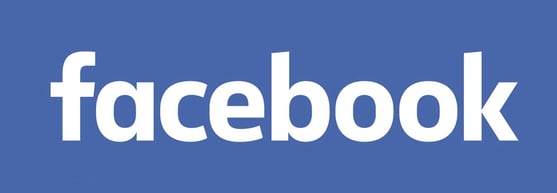
Who it’s for: With more than two billion monthly users, Facebook spans a variety of audiences, but is most popular among older social media users and those who may be searching for particular brands and businesses.
How advanced is the platform?: Very advanced, with an excellent set of tools for precise audience targeting and many customization options for content. Brands don’t need any outside platforms to enable paid social on Facebook.
Features/Products: Facebook offers Promoted Posts that allow brands to pick a specific post for better targeting, based on the budget that you choose. It’s also very easy to segue into paid ads if you prefer to branch out.
Funnel Position: Thanks to the variety of audiences Facebook allows, the excellent business page creation options, the ability to set up an online store directly on the platform, and options like chatbots, this platform can be used at all stages of the sales funnel.
Pricing (out of five $): $$$
Restrictions: Most of Facebook’s advanced templates are reserved for social ads only, so promoted posts are limited to what you can do with a regular post. Facebook is in an interesting phase where increased focus is placed on defending its reputation, but this shouldn't be an issue for brands staying away from inflammatory content.
Strategy Recommendations: Set your budget carefully, and make sure your Facebook business page is ready for buyers. Research past post analytics to see what kind of posts get the most reactions and traffic, then choose an optimal post to proof and promote.
Instagram Advertising
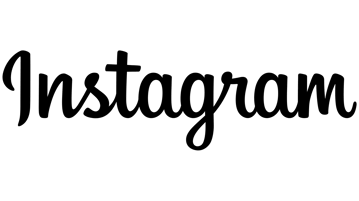
Who it’s for: All visual-oriented brands, trendsetters, influencers, and anyone who wants to follow them. Still focused on younger generations.
How advanced is the platform?: Nearly as advanced as Facebook, and Instagram continues to add more tools to bring it in line with Facebook’s own platform. Advertising and selling have never been easier.
Features/Products: Much like Facebook, Instagram offers promoted posts for paid versions of organically created posts. Video content, images, carousels, and Stories are all potential options.
Funnel Position: Instagram performs more effectively around the funnel entrance, but limited sale options do give buyers to complete most of the journey here if necessary. Also, try to pick up new followers after a purchase!
Pricing (our of five $): $$$
Restrictions: Instagram can shadowban accounts for spamming hashtags or using hashtags/terms on a ban list. Stay professional and avoid generic terms.
Strategy Recommendations: Promoted posts can be powerful on Instagram because of the visual nature of the platform. Use images that have shown success in the past, and always connect them to shopping options. It’s also a great platform for working with influencers.
Snapchat Advertising
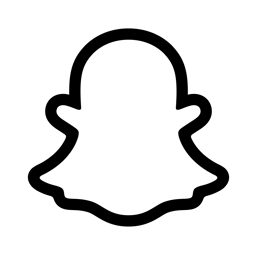
Who it’s for: Once a casual app for teens, some young professionals have started to send each other information and ideas via this quick, image-focused platform, famous for deleting posts after they’ve been sent.
How advanced is the platform?: Somewhat advanced – Snapchat is easy for brands to use but offers more limited tools and algorithms for targeting.
Features/Products: The ephemeral nature of Snapchat posts limits products to specific Snapchat ads via the Ads Manager platform.
Funnel Position: Snapchat is excellent for reaching certain types of new audiences, but leads should quickly be funneled elsewhere for a more complete experience. Early funnel use is the best method.
Pricing (out of five $): $
Restrictions: Hardly any, given how Snapchat works. Content needs to be visual in nature.
Strategy Recommendations: Create videos that can work across social media to make Snapchat easier to incorporate. See what type of new audiences show interest!
Pinterest Advertising
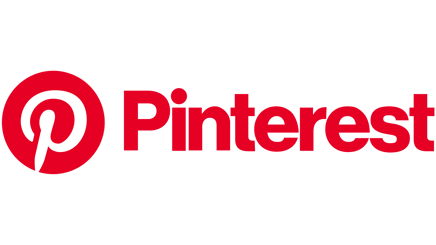
Who it’s for: Excellent for the 20 to 50 female demographic, and crafters/décor fans of all types.
How advanced is the platform?: Pinterest’s capabilities are somewhat limited compared to other platforms.
Features/Products: Pinterest ads and promoted pins are synonymous, and must be saved to a business profile to be promoted.
Funnel Position: Pinterest offers limited engagement after initial exposure, and should only be used at the beginning of the funnel, with the primary goal to move leads to the brand's own site.
Pricing (out of five $): $$$
Restrictions: Pinterest focuses primarily on visual issues, including clickbait, campaigning, illegal products, and banned business practices like fee-based auctions. Rules for marketing language itself are more relaxed.
Strategy Recommendations: Follow Pinterest’s suggested best practices for images, and target based on interests – people go to Pinterest for their hobbies. Your Add-to-Cart analysis may be a good place to start.
LinkedIn Advertising

Who it’s for: Professionals and businesses seeking to network, fill positions, and demonstrate thought leadership in specific industries.
How advanced is the platform?: Much better than it was, but still a little basic. LinkedIn’s latest tools and customization options are an improvement, however, with more on the way.
Features/Products: Plentiful, with Sponsored Content and Direct Sponsored Content (narrow audience targeting, good for testing) options, and native ad formats that can include images, video, and carousels.
Funnel Position: For selling, strictly an early-funnel platform. LinkedIn’s other specialties are brand awareness and broad networking.
Pricing (out of five $): $$$$$
Restrictions: Not as restrictive as Facebook, with some built-in lenience for brands and marketing speak.
Strategy Recommendations: Experiment with audience targeting and utilize LinkedIn’s native ad format to the fullest. Use clear, direct messaging.
TikTok Advertising
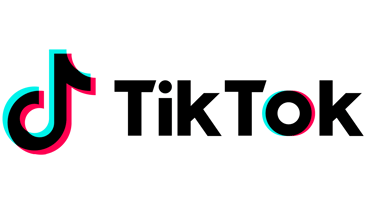
Who it’s for: A youth-focused platform that began as an amateur music video app and spiraled out in all directions, TikTok remains firmly planted in the Gen Z demographic.
How advanced is the platform?: Basic options are offered including limited targeting and monitoring.
Features/Products: In-feed seamless videos with interactive possibilities, Branded Takeovers for greater immediate visibility, and TopView ads inserted at the beginning of feed scrolls. More advanced versions like Hashtag challenges are also available for confident brands.
Funnel Position: Useful for engaging youth at funnel entry, but very limited after that.
Pricing: $$$$
Restrictions: Complicated: TikTok’s “anything goes” start has led to considerable backlash and an unpleasant TikTok underground. Stay clear of the messy stuff, and you can create any sort of catchy ad you want.
Strategy Recommendations: TikTok is highly competitive when it comes to attention spans: Videos have to be quick, viral, and very brand focused to make an impact. Not for amateurs.
Twitter Advertising
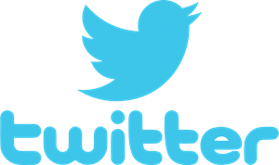
Who it’s for: Fast-paced influencers, fans, and news-hungry users of all ages, with very diverse audience options.
How advanced is the platform?: Somewhat advanced.
Features/Products: An early adopter of promoted posts, Twitter offers clear, basic promoted Tweets with more advanced options for Promoted Trends.
Funnel Position: With limited engagement tools, use Twitter in early funnel steps to drive traffic.
Pricing: $$$
Restrictions: Not as restrictive as some platforms beyond its 280-character limit, but with a built-in chaos factor that Twitter is trying to control. Run smart campaigns – not everyone has to be a Wendy’s account.
Strategy Recommendations: Use Twitter’s strong targeting options to find new leads, and retarget followers. Twitter accounts are designed to be active sources of information, but avoid getting tangled in too many reactions and reposts.


-AK-148968-preview.png?width=842&height=310&name=1.01-1x1px-Embertribe-(Client-Services)-AK-148968-preview.png)















.png?width=810&height=810&name=TJ%20Jones%20-%20%20CoFounder%20EmberTribe%20(1).png)


%20-%20500x500%20-%20SP%20-%2045.01.png)
%20-%20500x500%20-%20SP%20-%2049.01.png)
%20-%20500x500%20-%20SP%20-%2057.01.png)


.png)